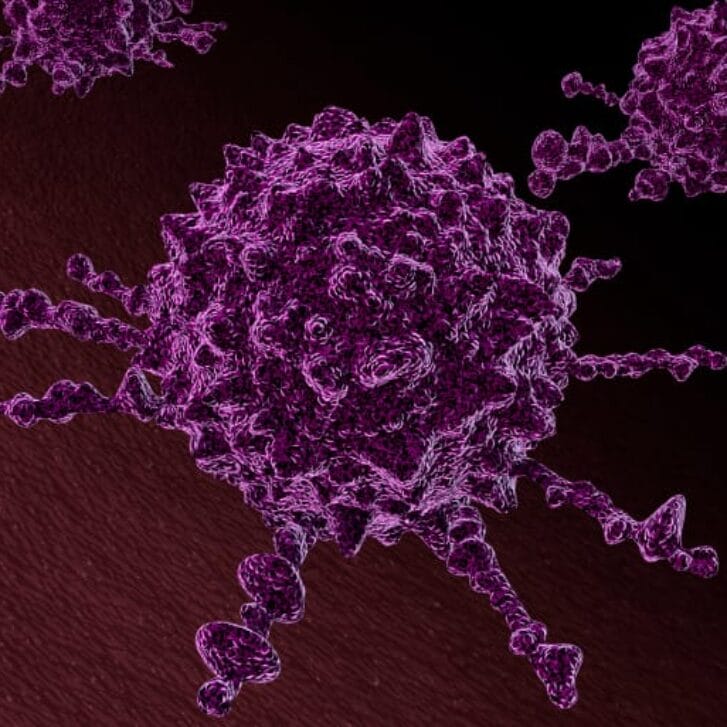There is an arms race quietly occurring at major academic teaching hospitals across the country. It involves the use of supercomputers to map the genetic makeup of patients and the cancers they have or their potential risk. This arms race was featured in the New York Times article “Cancer Centers Racing to Map Patients’ Genes.” The question that this article raised was whether or not investing heavily in technology and personnel for gene mapping was worth it. Time will certainly tell.
Cost-effectiveness analysis (CEA), however, can help almost immediately with assessing gene mapping’s value. CEA can be relatively straightforward and has been used by academicians, governments and health technology assessment organizations. The most commonly used and accepted CEA is called the Incremental Cost Effectiveness Ratio or ICER.
What ICER aims to do over time is evaluate the incremental direct costs for care of a new technology/therapy versus the established standard of care. It also evaluates (via multiple periodic measurements) the incremental health benefit to a patient over time. This incremental benefit is commonly evaluated via a self-reported assessment of the patient’s own health at a particular point in time. With cancer, this type of ICER analysis has been frequently used and is relatively easy to evaluate—unfortunately, due to a patient’s remaining lifespan. Thus, the costs and health status for cancer can be measured over relatively shorter periods of time.
This data is then entered into the ICER equation, with the numerator comprised of the incremental costs over time and the incremental health benefit used as the denominator. This equation results in a number—say $45,000/QALY—meaning that for a patient to have one year of perfect health, it would cost a healthcare system $45,000 in direct care costs to use this technology.
Countries such as the U.K. have established thresholds for the ICER value—above which they deem health technologies not to be cost-effective (and thus they are less likely to pay for them). The current threshold values for ICER in the U.K. are ₤20,000 to ₤30,000 (approximately $30,400 to $45,600).
So where does the U.S. stand on ICER analysis? Currently, Medicare is prohibited from using ICER-type analyses and is required only to focus on clinical outcomes, such as reduced mortality, reduced morbidity and improvements in the quality of life of a person with a condition. However, this type of analyses is increasingly being used by private payers in assessing very expensive new technologies and therapies.
For cancer treatments, the costs for care can be quite expensive. As an example, new drugs such as Provenge, which is used in treating prostate cancer, can cost upwards of $100,000 for a course of treatment that is expected to extend a person’s life by four months.
Thus, the need for ICER-type analyses for evaluating these types of treatments is apparent.


























